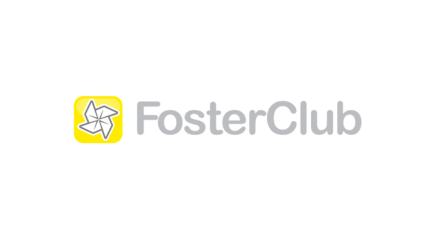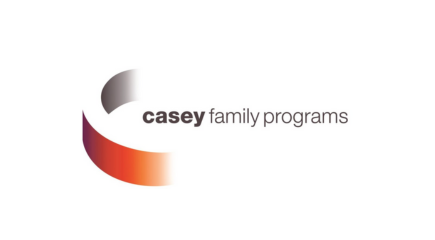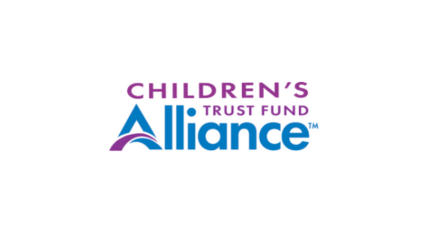Stronger Together: How Coalitions and Community Voices Transform Child Welfare
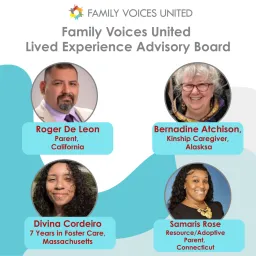
No single agency can meet all the needs of children and families in the child welfare system. That’s why partnerships between agencies, grassroots groups, faith-based organizations, parents, caregivers, and youth are so important. These coalitions create stronger communities, expand resources, and help families before a crisis ever happens.
At the same time, the most effective coalitions are built on lived experience. Parents, youth, and kinship caregivers bring insights that policies alone can’t provide. When communities lead, change lasts.
Members of the Family Voices United Lived Experience Advisory Board (LEAB) share how collaboration and lived expertise create real solutions.
Why Coalitions Matter
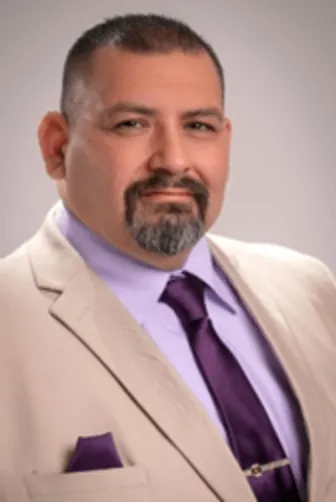
LEAB Member: Roger De Leon (he/him), Parent, California
Coalitions make sure families don’t fall through the cracks. By working together, groups can build trust and provide consistent support. Roger De Leon, a parent from California, reiterates the importance of that trust:
“One of the biggest challenges is building trust between child welfare and communities. Too often, agencies don’t go out and meet people where they are. Grassroots organizations are already doing the work, but without steady connection, it slips back to the way things were. The real key is consistent communication, despite staff changes or policy shifts.”
Research backs this up: Families are more likely to thrive when help comes from multiple connected sources instead of just one agency (Casey Family Programs, 2022).
What Success Looks Like
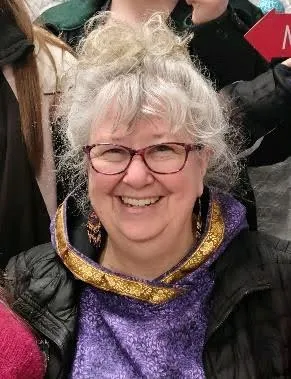
LEAB Member: Bernadine Atchison, Kinship Caregiver, Alaska
Coalitions often come to life through local events and gatherings. Bernadine Atchison, a kinship caregiver from Alaska, tells of how important a great event meant for her:
“I went to one of the best events I’ve ever attended, a conference for foster parents and caregivers. The state, the tribe, and other local resources came together. Every group had a table: clothing, food, support programs. It wasn’t just about helping current caregivers, it was prevention. It showed how bringing everyone together can strengthen families before crises happen.”
Simple steps, like hosting community events, can connect families to resources quickly, while prevention becomes just as valued as crisis response.
Why Lived Experience Matters
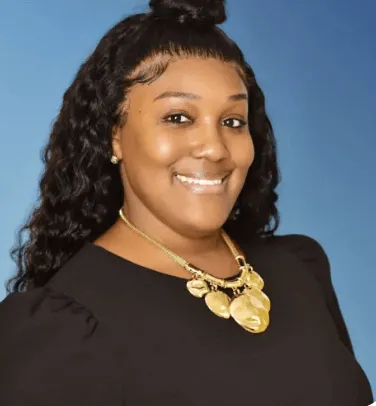
LEAB Member: Samaris Rose (she/her), Resource Parent, Connecticut
Coalitions are strongest when they include the voices of those who’ve lived through the system. Samaris Rose, a resource parent from Connecticut, advocates for including lived experience voices:
“I was hired as a parent with lived expertise to work in the commissioner’s office. I sit at community tables, hear cases, and help leadership understand where the gaps are. Parents who’ve lived it bring real solutions. We know the system’s impact firsthand and can guide change in ways policies alone can’t.”
Lived-experience experts help agencies identify gaps, build credibility, and find strategies that work in real life.
Youth Voices and Mentorship
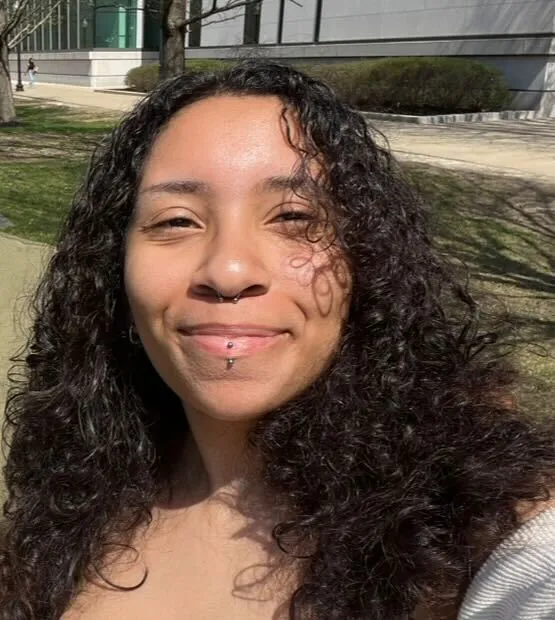
LEAB Member: Divina Cordeiro (they/them), Youth, 7 Years in Foster Care, Massachusetts
Young people in foster care often feel disconnected from the decisions that shape their lives. Grassroots groups help bridge that gap. Divina Cordeiro, who spent 7 years in the Massachusetts foster care system, shares the importance of having a connection to local grassroots groups:
“In Massachusetts, youth in foster care often don’t get the education they deserve. Groups like Silver Lining Mentoring provide a safe space where youth can build connections and get individualized care we’re not getting from the state. Grassroots organizations let us imagine better systems that actually meet our needs without relying on punishment.”
Mentorship and youth-led spaces ensure young people aren’t just heard, they’re supported to lead.
How Communities Lead Change
Here are some additional key ways communities and coalitions create lasting impact:
- Advisory roles – Parents, caregivers, and youth help shape programs and policies.
- Mentorship programs – Young people connect with mentors who understand their experiences.
- Grassroots collaboration – Local organizations with deep ties provide critical resources.
- Safe spaces – Families and youth get places to speak openly and be heard.
- Shared decision-making – People with lived experience are included at every step.
Research shows programs designed with lived experience are more trusted and more effective (Annie E. Casey Foundation, 2024).
Steps to Build Strong Coalitions
Whether you’re a professional, caregiver, youth or community member, here’s how to strengthen partnerships:
- Identify partners – Connect with grassroots organizations, faith-based groups, and schools.
- Host or join events – Create accessible spaces where families meet resources.
- Keep communication steady – Build systems that survive staff or policy changes.
- Focus on shared goals – Center on prevention and family well-being.
- Lift up lived experience – Parents, youth, and kinship caregivers know what works.
The Bigger Picture
Coalitions are not just about agencies working together, they are also about communities leading the way:
- Families get resources faster.
- Caseworkers have more tools to support families.
- Communities grow resilient and connected.
Call to Action
Change doesn’t start somewhere else, it starts with us. You can help strengthen child welfare by being part of your local community:
- Show up: Attend a local event or meeting.
- Share: Connect your resources with others.
- Support voices with lived experience: Parents, youth, and caregivers bring the solutions.
About Family Voices United
Family Voices United is a collaboration between FosterClub, Generations United, the Children’s Trust Fund Alliance, and Casey Family Programs. The project works to improve the child welfare system by listening to, and amplifying, the voices of people who have lived through it. When their experiences shape policy, we all move closer to a system that truly supports children and families.
Take action. Learn more. Share your story at familyvoicesunited.org

